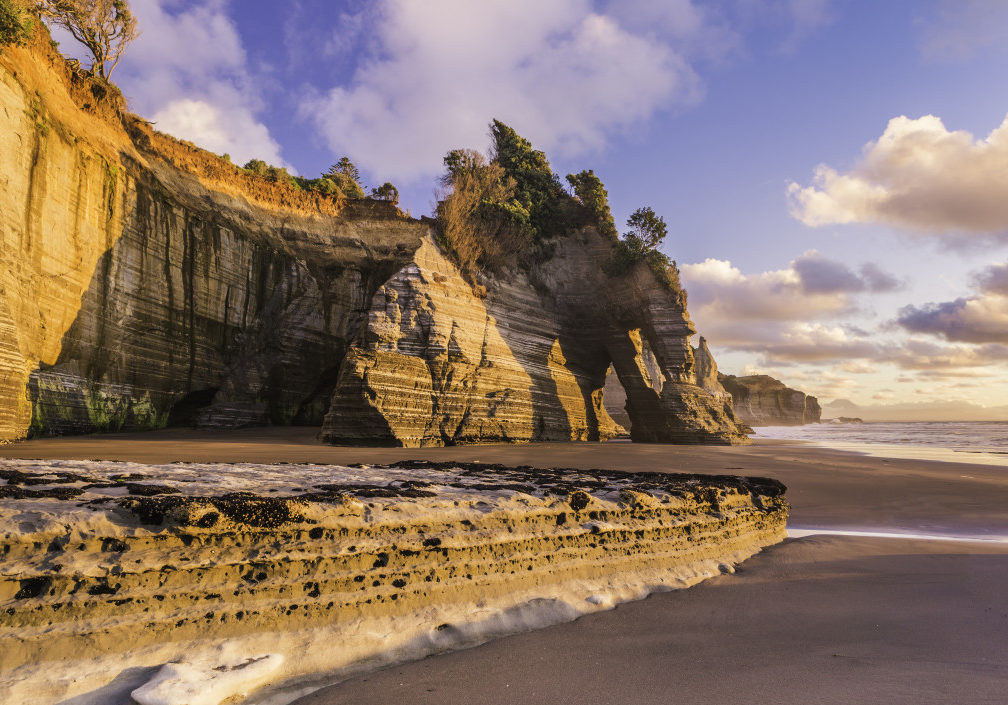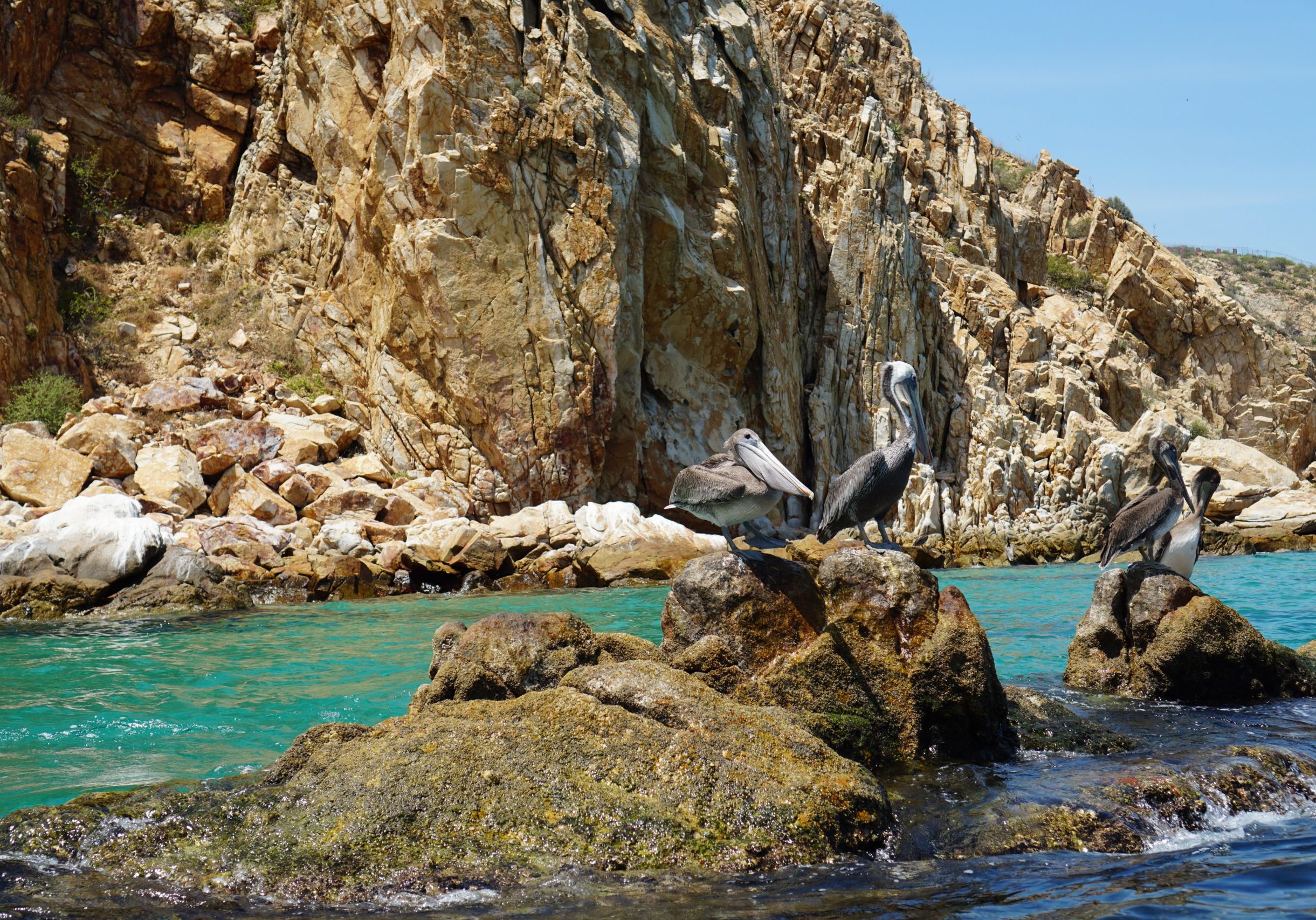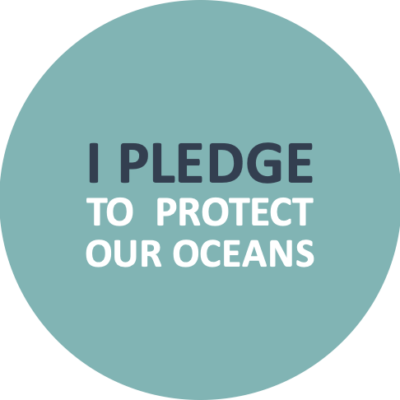Australia’s overall Positive Oceans Index score is 7.8, ranking it in 1st place out of 30 countries
Australia has one of the longest coastlines and largest marine estates (areas) of all assessed countries. 70% of its population lives along the coast with a well developed coastal infrastructure. In fact, nearly 65% of the country’s inhabitants live in 5 coastal cities: Sydney, Melbourne, Brisbane, Perth and Adelaide. The rest of its coast is mostly characterised by large stretches of wilderness and beaches.
At A Glance
9'025'021km2
Total Marine Estate
36%
Marine Protected Areas
55
Sustainable Marine Parks
139
Coastal Tourism Density
3
Recreational Marine
Estate Pressure
biodiversity
diversity of marine species and habitat from recreational perspective
infrastructure
Coastal Tourism Density (number of visitors per coastal kilometre) coastal industries, cruises, waste, water, sanitation.
activites
Recreational Marine Estate Pressure (number of people claiming the marine state by square kilometre) Leisure activities, water sports, etc
conservation
Marine Protected Areas (MPAs), fishing impact and conservation legislation
overall score
location ranking
Australia
New Zealand
Canada
Mexico
within region
Australia
Samoa
Fiji

50 Shades of Sand
“From an endless beach of reality, we take a grain of sand and call it the world.” If the grain of sand is what we know and the beach what there is still to discover and explore, can you imagine the vastness of beauty and wonders still awaiting to be seen out there? We think…
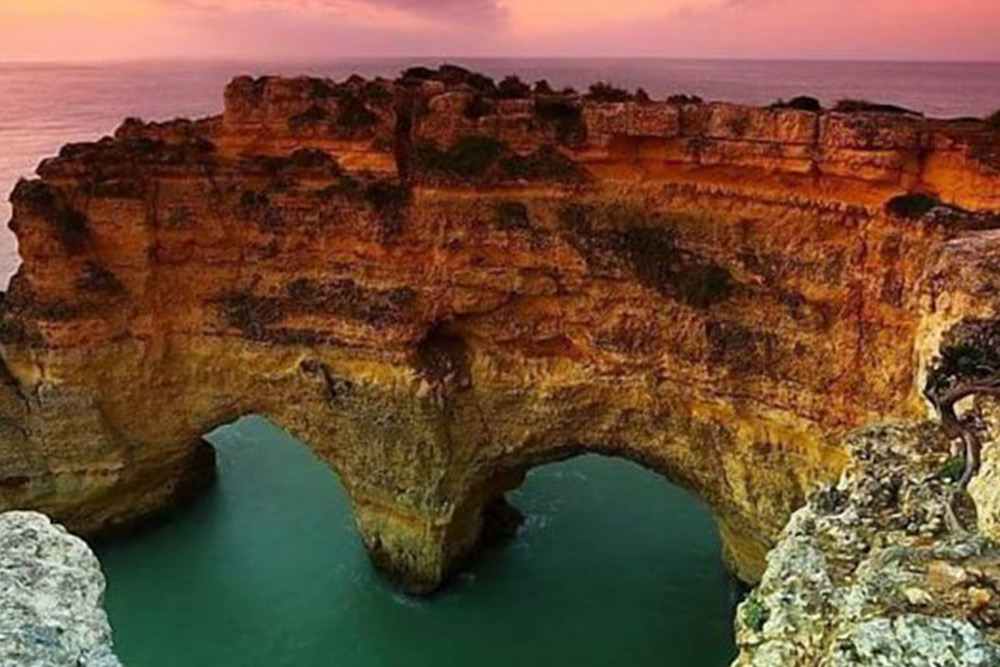
Eco-romance: 9 places to reconnect with nature and each other!
Is Eco-romance just a buzzword? Is it really possible for romance and environmental awareness to coexist? The answer is, yes! We are going to take you on a journey through some amazing natural, design and traditional beauty to demonstrate that romantic, cozy and eco-friendly places not only can coexist, but can also embody the very…
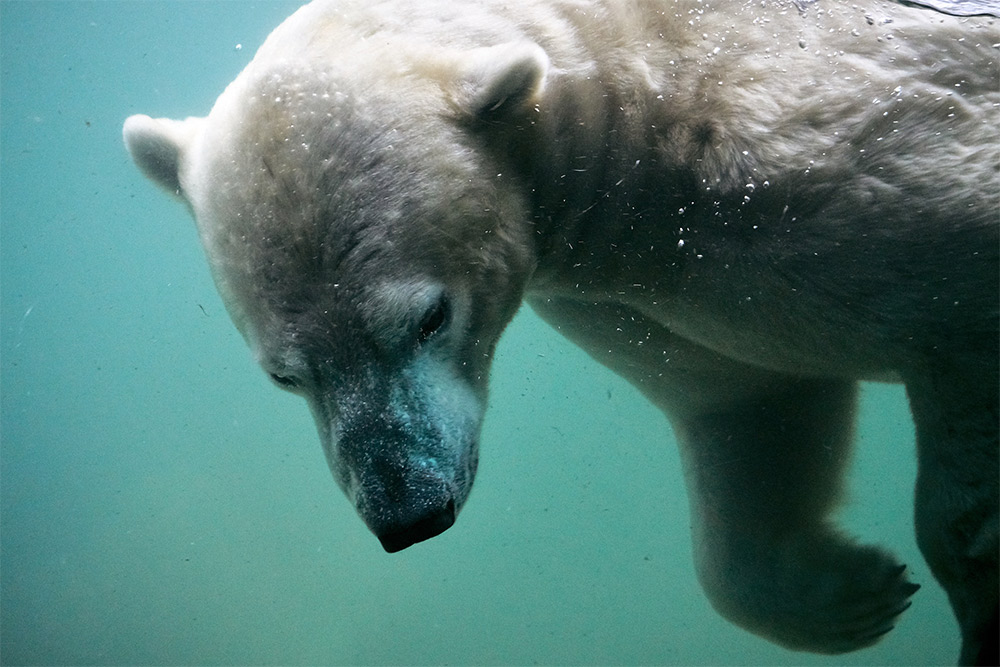
INTO THE WILD
“Wilderness is not a luxury but a necessity of the human spirit†As we flock to live in urban areas, nearly 70% by 2050, we are still irresistibly attracted to wilderness. It is so deeply rooted in us that we seek ways to return to it and discover and rediscover Nature’s uniqueness. It is also…
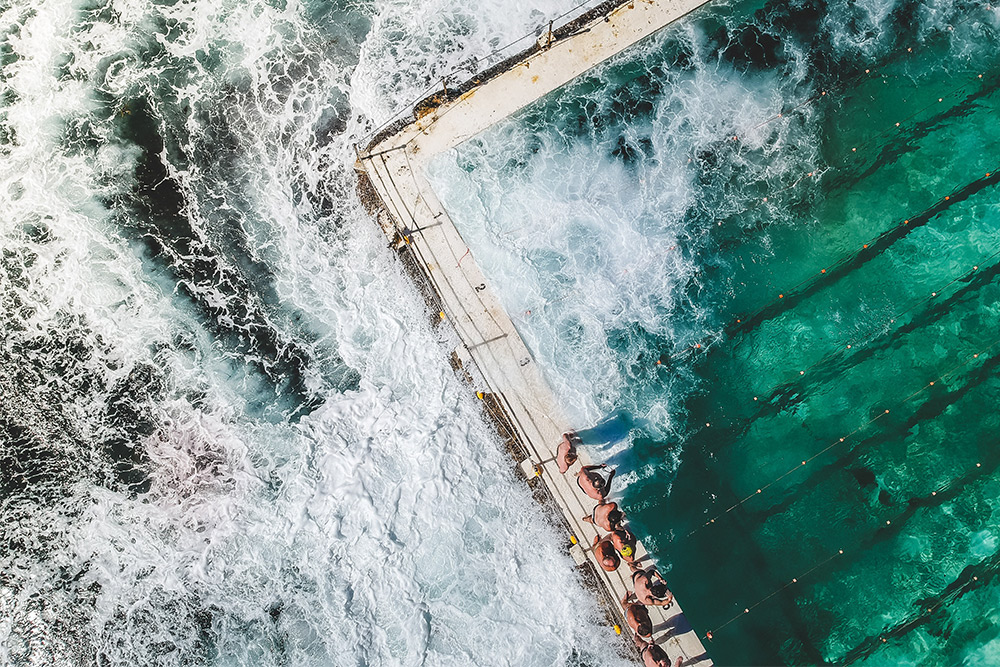
Urban Oasis: how they impact our lives and travels?
54% of the world’s population lives in cities. By 2050 this will raise to nearly 70%. The top travel destination cities received nearly half a billion visitors each year and terms as urban tourism and over-tourisms have become increasingly popular to describe a symptom of modern consumer-based society. While it is fun to walk down…
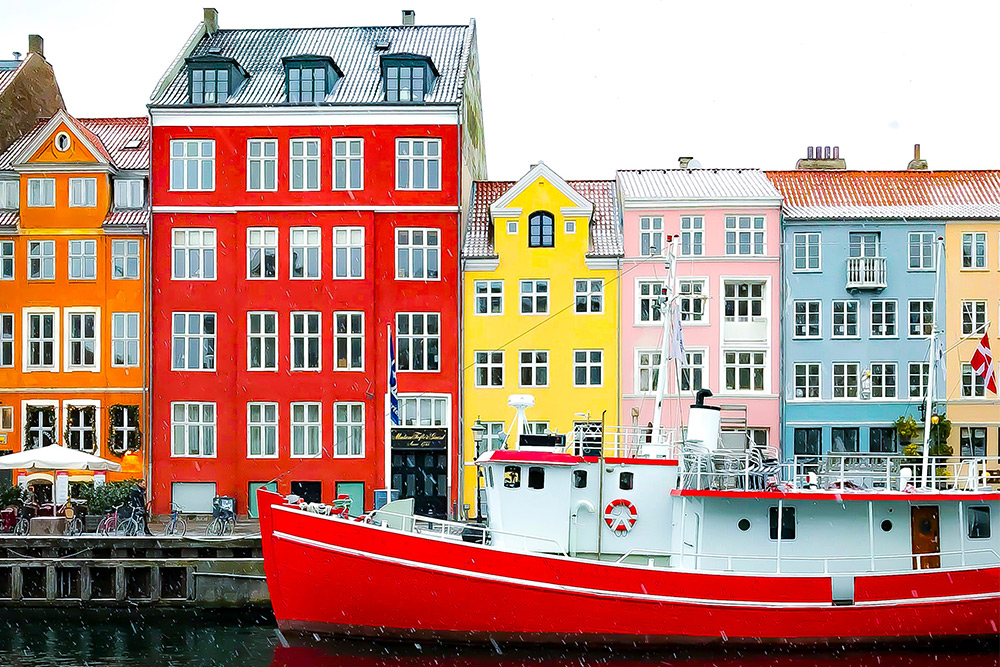
9 Invisible Cities: can we still see them?
Rome is packed with cultural and historical sights. It became extremely popular following the publication of Don Brown’s Angels and Demons disclosing some of its “invisible” sights. Fortunately, the city is full of hidden treasure so ditch the map and let your senses guide you. Rio De Janeiro It is set in a breathtaking natural environment.…

Invisible Cities: can we still see them?
And how can we have a positive impact when we travel to over-crowded cities? For centuries cities have been glorified and mystified in books from Carlos Ruiz Zafón Barcelona and Orhan Pamuk’s Istanbul, Amitav Ghosh’s Mandalay and Singapore, Shakespeare’s Venice and Salman Rushdie’s Florence. The masterpiece of them all being Italo Calvino’s Invisible Cities. We…
- « Previous
- 1
- 2


